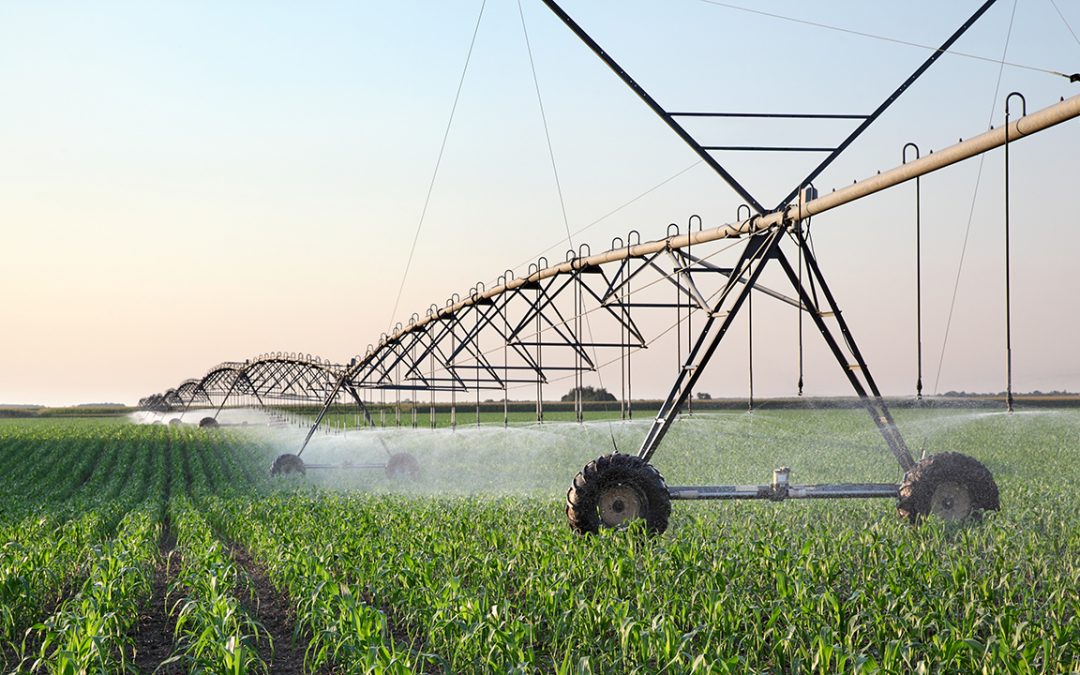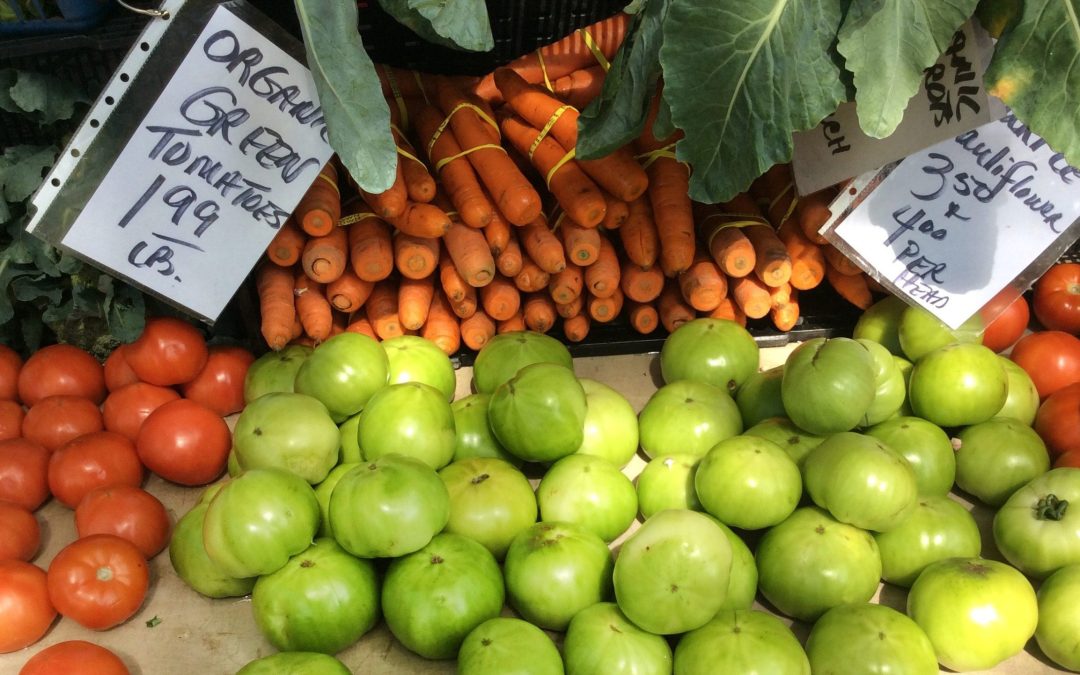Experimental Economics Lab
The Experimental Economics lab was founded in 2021 to provide Auburn University students and faculty a facility to push the boundaries of current behavioral economic research.
AERS News

Predicting investment returns for crop irrigation
New model to help farmers make better investment decisions By Danielle Lunny Alabama farmers considering investing in irrigation equipment will soon have a free, comprehensive online tool to help them decide. A new prediction model will combine weather and economic...

Organic Opportunity: consumer trends in Alabama organic produce
A recent study conducted by agricultural economists through the Alabama Agricultural Experiment Station examined consumers’ willingness to pay a premium for organic produce. In recent years, interest in organic produce has grown significantly; however, many...

Three students receive presidential awards
Three students in the College of Agriculture recently received distinguished honors from the Auburn University President’s Office. Savannah Busby received the Presidential Graduate Opportunity Fellowship, a highly competitive opportunity awarded to only a few incoming...
